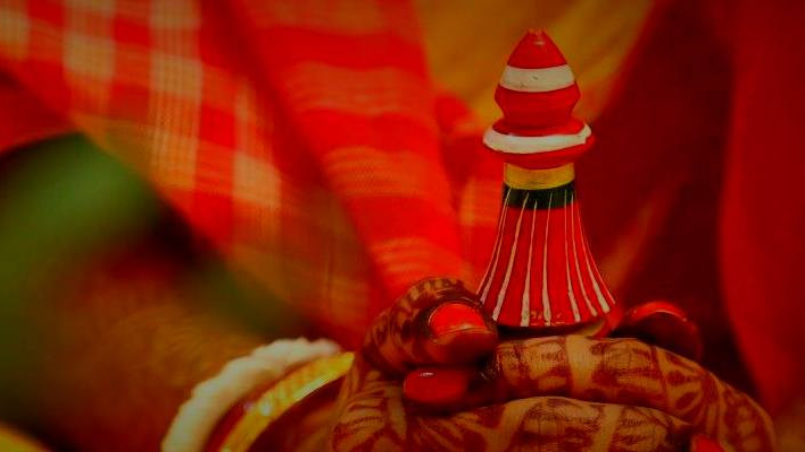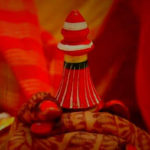Beyond the Obvious

Every culture has its own idiosyncrasies. In every culture a particular mode of behavior is considered acceptable and appropriate. A particular way of thinking remains prevalent and seems to have survived the onslaught of globalization and change. Some particular customs are revered and some distinct traditions eulogized. Transgressions are usually scorned if not punished.
My concern is not about the veneration and preference displayed for certain customs, traditions or beliefs in any particular culture. Such preferences and veneration are markers of a culture’s distinctiveness. However, my concern is about the way they get entrenched in the psyche of its people, who pass it on to the next generation without inquiring about its cogency and credibility.
There is no denying that entrenched customs and beliefs shape the perception and choices of people. The way cultural idiosyncrasies shape or mold the preferences, inclinations and behavior of its people is very subtle in nature and stealthily but firmly inhabits their subconscious. We need to remain consciously aware of our spontaneous reactions; of our desires which at times might seem to be innate or intrinsic; and of our preferences and predispositions. One needs to be aware because I believe that our conscious and subconscious minds are being continuously and considerably constructed by our socio-cultural environment.
Do our desires and wishes have anything in them so that they can be considered innate? Are our preferences and predispositions a reflection of our inner self? Yes, I believe they are. But I too believe that they are equally a manifestation of our cultural context. The way we think and perceive, the way we behave and conduct ourselves, our choices and desires, are all manifestation of our inner self as well as of the culture we are part of. In fact our comprehension of our surroundings and of the larger world are a function of our culture.
There is a particularly entrenched thinking or perception in India that married women have to stand out from the unmarried. Married women should look “married”. They need to look different from unmarried women as well as from widows. Thus married women in India adorn themselves in certain ways on a regular basis to look married. Those ways of adornment eventually becomes a part of their identity; a marker of their marital status. But the question is whether there is any need to look married. What could be the purpose of such a custom or requirement for married women?
I am not proposing an outright rejection of such an idiosyncrasy in our culture with regard to gender norms. But I sincerely believe that people in every culture should be aware of the significance, cogency and fallout of their cultural norms. I look forward to living in an environment where norms are questioned, where idiosyncrasies are untangled before being accepted.
I would like to say that there are some extremely important ingredients in the concoction which magically bestows a married appearance to a woman. For Hindus, the most important ingredient which serves as a marker of marital status is vermilion or sindoor. It is applied along the hair parting. It remains undisputed and has a uniform coverage, i.e, almost every Hindu community in almost every part of India would corroborate its sanctity and would support upholding the custom.
Vermilion is a red colored powder, which married women apply along the parting of their hairline or as a bindi on their forehead. It is one of the most visible and acceptable markers with which anyone can identify a married woman in India. It is important to note that it is only the prerogative of a married woman. Unmarried women are prohibited from using it.
I thought it’s an indisputable norm and there should be similar norms all around the world which require married women to look married. I grew up seeing every woman around me, applying sindoor with some sort of reverence in their heart. I thought and started to believe that it is holy and it is sacred.
Other ingredients in the concoction are bright colored clothing and heavy jewellery. Married women in India are expected to wear bright colored clothes and adorn themselves with much jewellery. A married woman without jewellery is an unacceptable deviation which might very often attract confused glances and queries from older women. In fact I would say that bright clothes and jewellery are ubiquitous in India, for these have been embraced by all married women in India, irrespective of their religion, customs, traditions, etc.
For the older generations, it is an inviolable practice, paramount in determining their acceptability in their community as well as a manifestation of their unquestionable reverence for tradition and customs. Whereas for the younger generation it carries various meanings and when one subscribes to such norms, it is interpreted and justified in varied ways. Some follow the custom as a tradition. Some adhere to it not to hurt the feelings of those around them. While many others accept the custom on the pretext that it is some sort of embellishment.
There is no doubt that not applying vermilion is in vogue among the younger generation of Indian Hindu women living in metropolitan cities. Similarly, not sporting the married look is also in vogue. But my concern is whether this has anything to do with a conscious attempt to inquire as to the cogency of the prevailing customs that make us do certain things and make us behave in certain ways.
Credits
| Image | Title | Author | License |
|---|---|---|---|
 |
Beyond the Obvious | Sumana Singha | CC BY-SA 4.0 |
